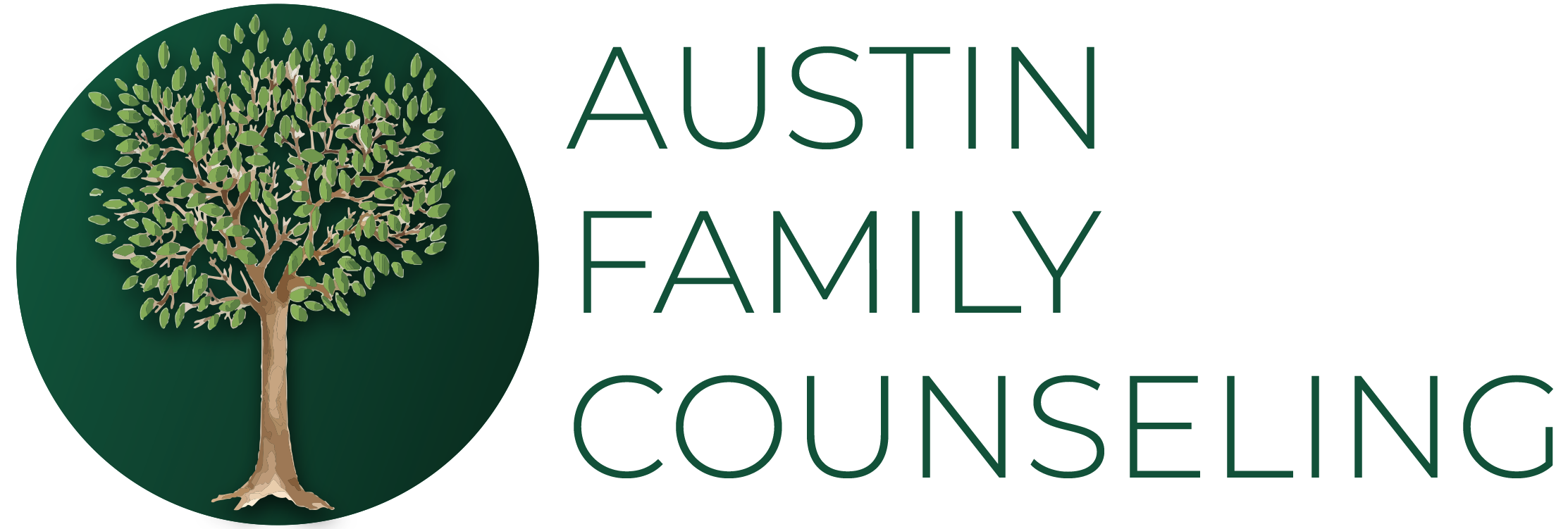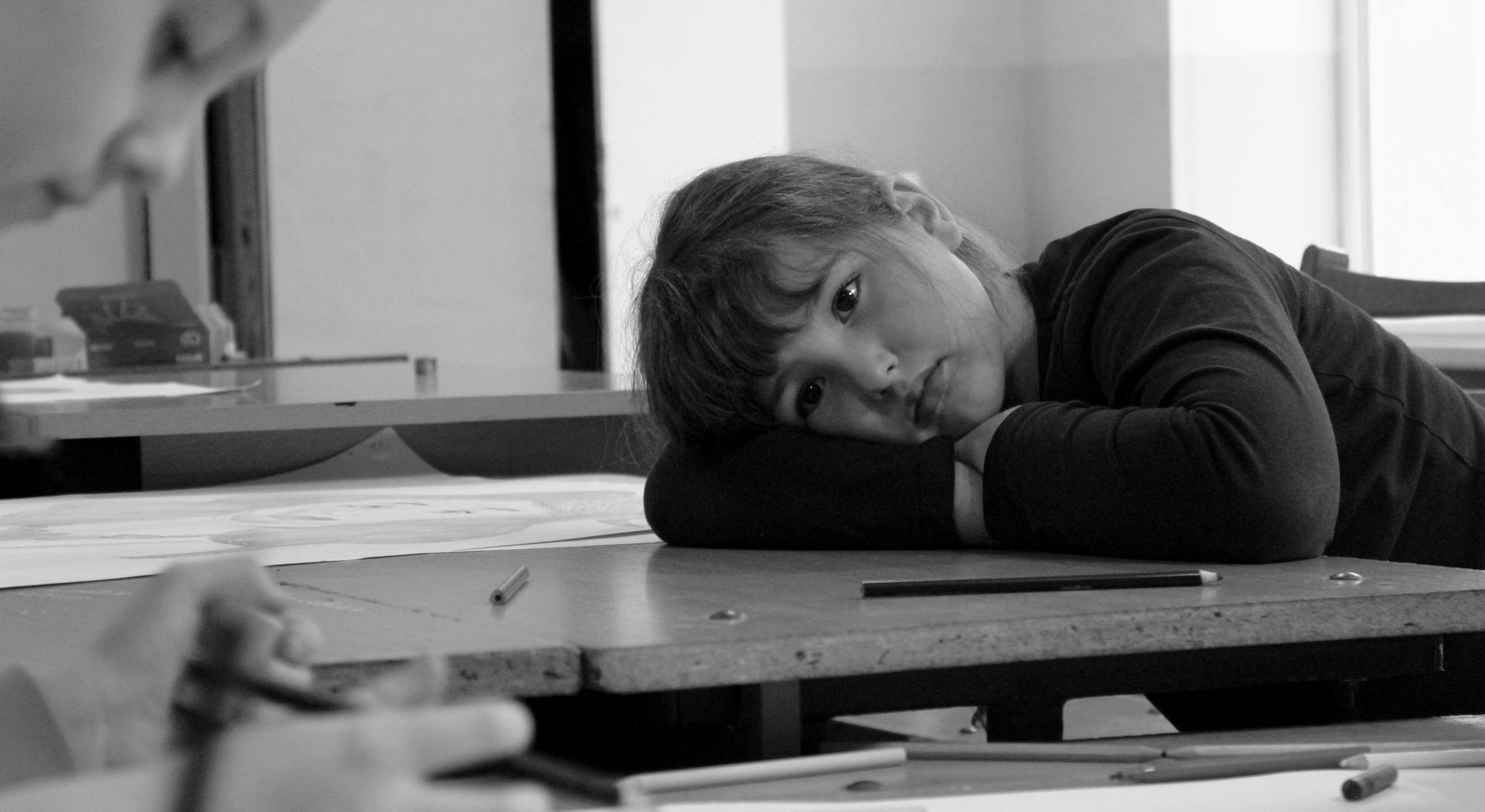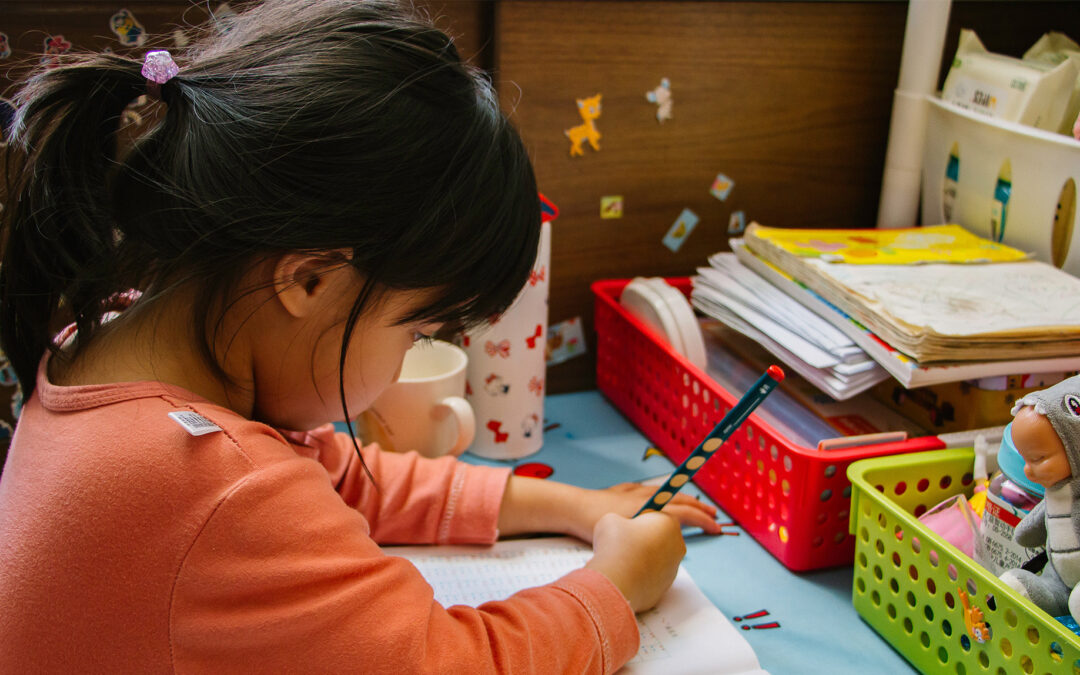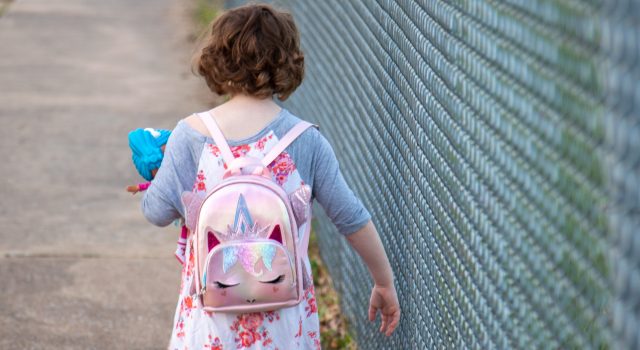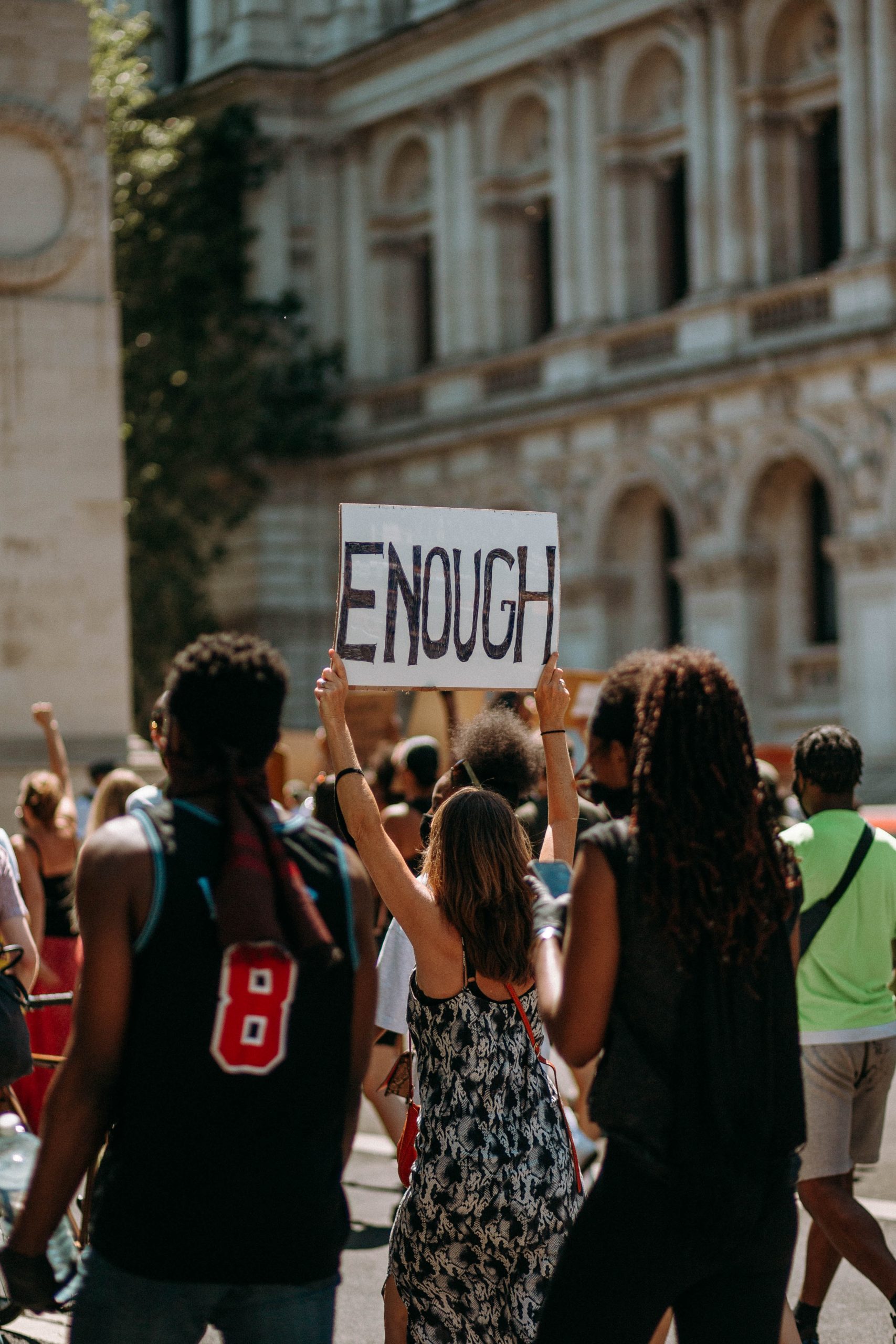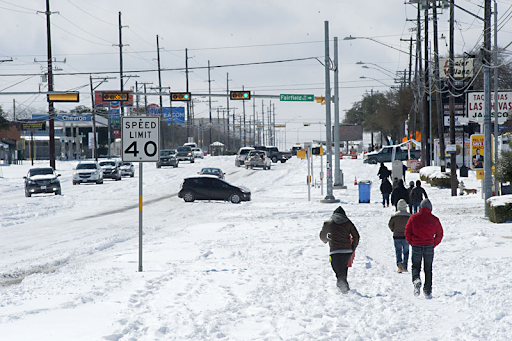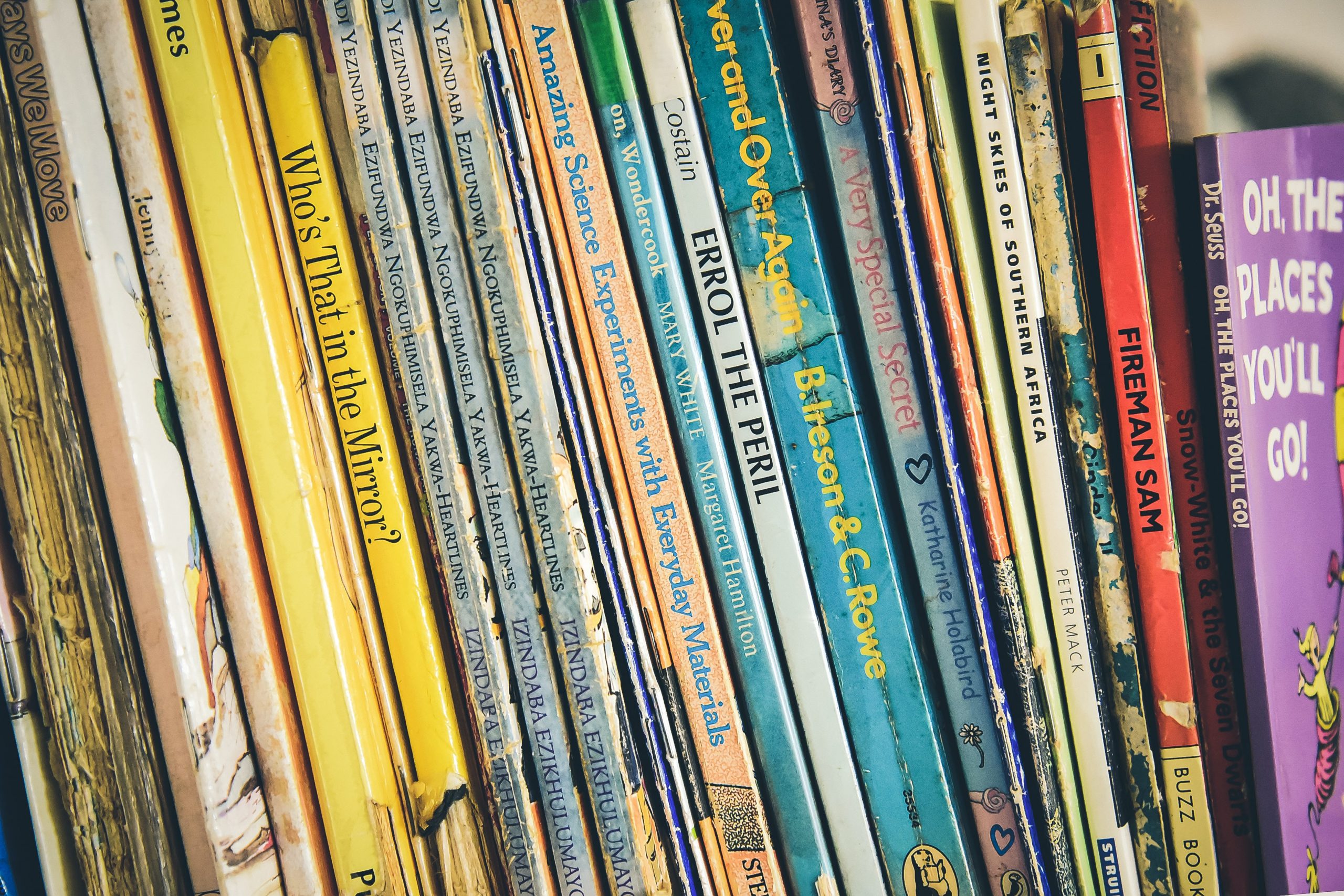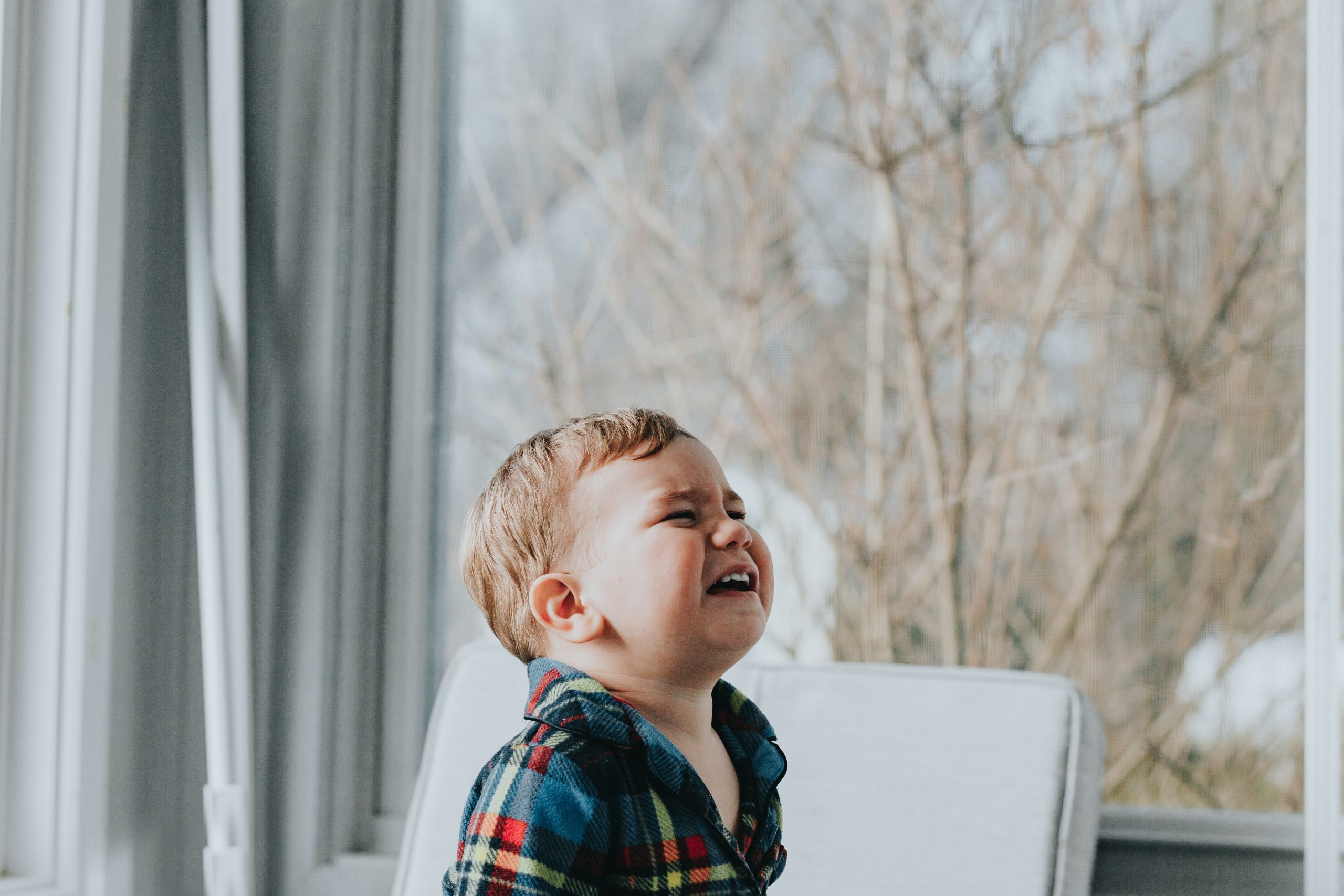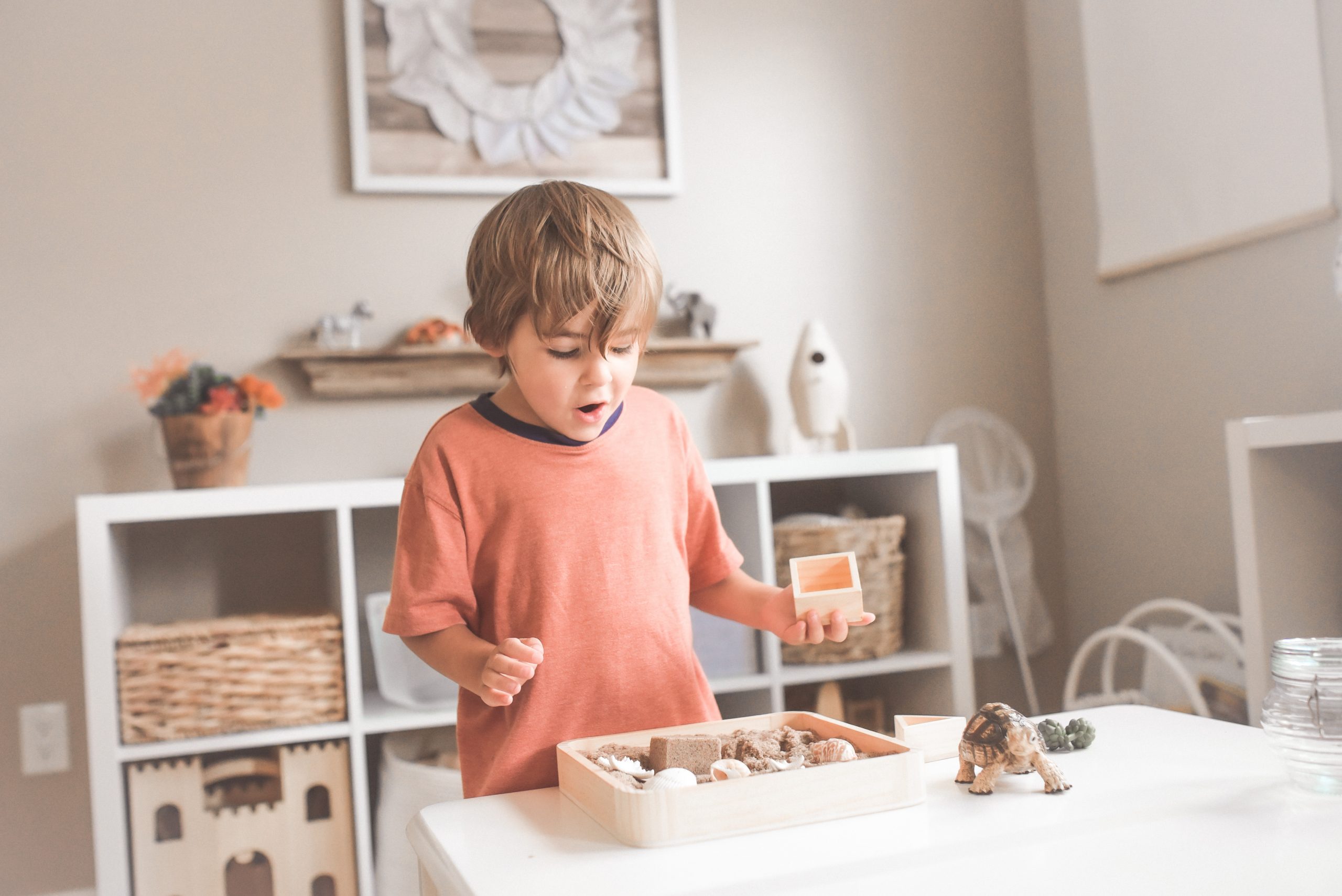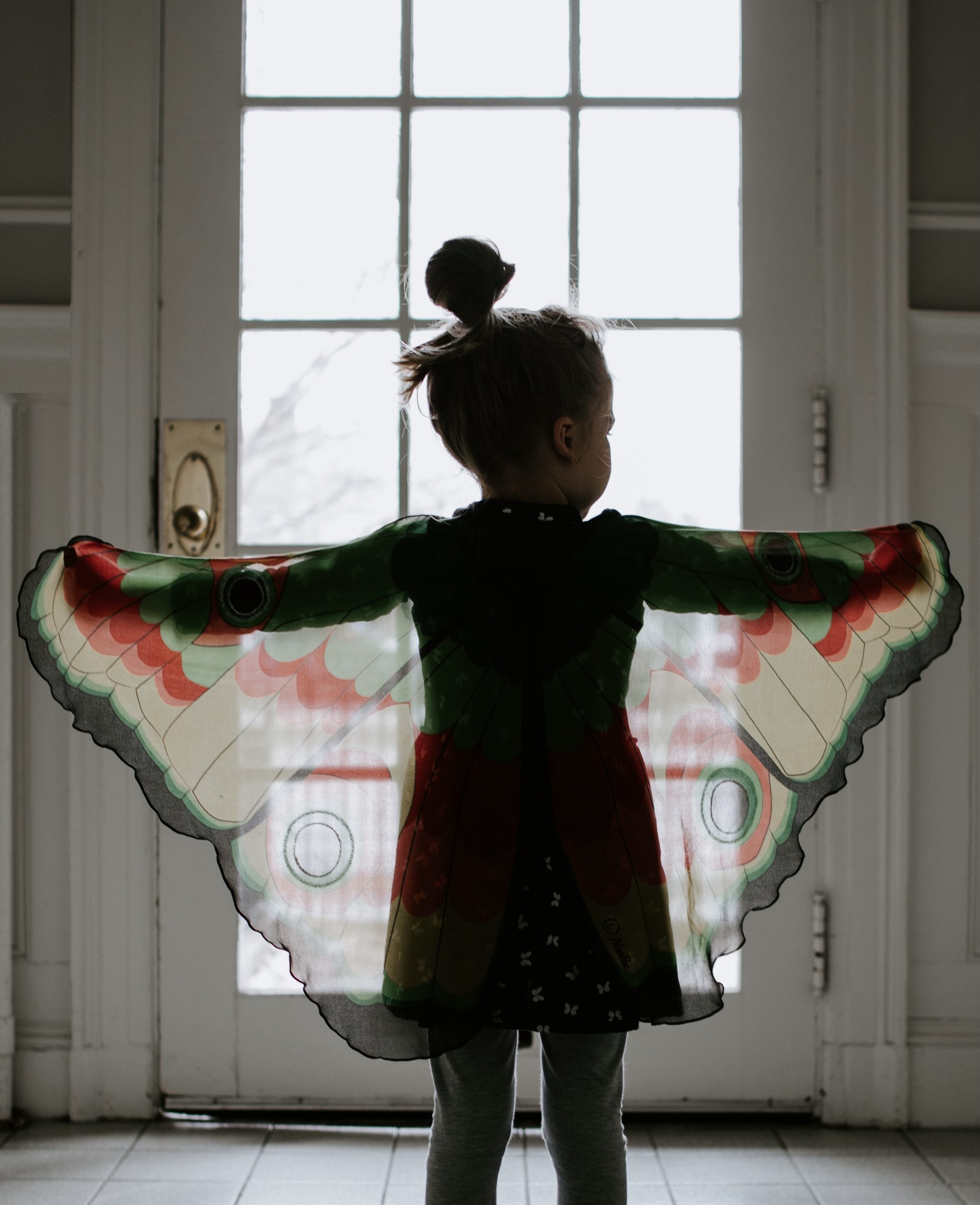I was chatting recently with an educator about the rising problem of bullying in schools, and I have to admit, her suggestion caught me off guard: she thought public shaming might be a good way to punish bullies—giving them a taste of their own medicine. As a Certified Positive Discipline Parent Educator, I hear this kind of thinking all the time. Many adults feel that punishment is the quickest way to make kids “learn a lesson.” And I get it as I have been there myself! When you see harmful behavior, you want it to stop right away. But here’s a question we rarely consider: what are we really teaching children when we punish them? Punishment might stop the behavior temporarily, but it doesn’t address the underlying reasons why a child is bullying in the first place or help the child learn healthier ways to cope.
Children act out for a reason. They’re trying to tell us something. Too often, adults see only the behavior and not the story behind it. Think about it, many kids walk into school each day carrying not just a heavy backpack, but also the invisible burdens—neglect at home, hunger, health issues, poverty, broken relationships, or simply the feeling that no one truly sees or understands them. Bullying can be a misguided attempt to cope with these challenges.
As Jane Nelsen, founder of Positive Discipline, says:
“Where did we ever get the crazy idea that in order to make children do better, first we have to make them feel worse?” (Nelsen, 2006, p. 9)
What Kids Really Need
Kids need adults who see them, hear them, and guide them—not shaming them. They need:
- Encouragement so they feel capable and valued.
- Connection so they know someone cares.
- Guidance so they can learn better ways to handle their feelings.
When we focus on the “why” behind the behavior instead of just reacting to the “what,” we can help children develop empathy, responsibility, and self-confidence.
Here are some Positive Discipline Alternatives to Punishment:
- Encourage, don’t criticize — Point out the child’s efforts and strengths, not just mistakes.
- Connect before you Correct — Start by empathizing and acknowledging the child’s feelings before addressing the behavior. Children respond better when they feel understood.
- Explore Underlying Needs — Ask questions to understand what the child is feeling or missing.
- Co-create expectations — Involve children in creating guidelines so they feel ownership and responsibility.
- Teach Problem-Solving Skills — Help children brainstorm healthy ways to handle frustration, anger, or conflict.
Bullies need help, not humiliation. When we pause, listen, and respond with empathy, we’re teaching children how to meet their needs in healthy ways—rather than hurting others. Next time a child misbehaves, take a breath, get curious, and ask yourself: What is this child trying to tell me? Listen, guide, and offer support—and you may just stop the cycle of hurt before it starts.
References
Nelsen, J. (2006). Positive discipline (3rd ed.). Ballantine Books.

